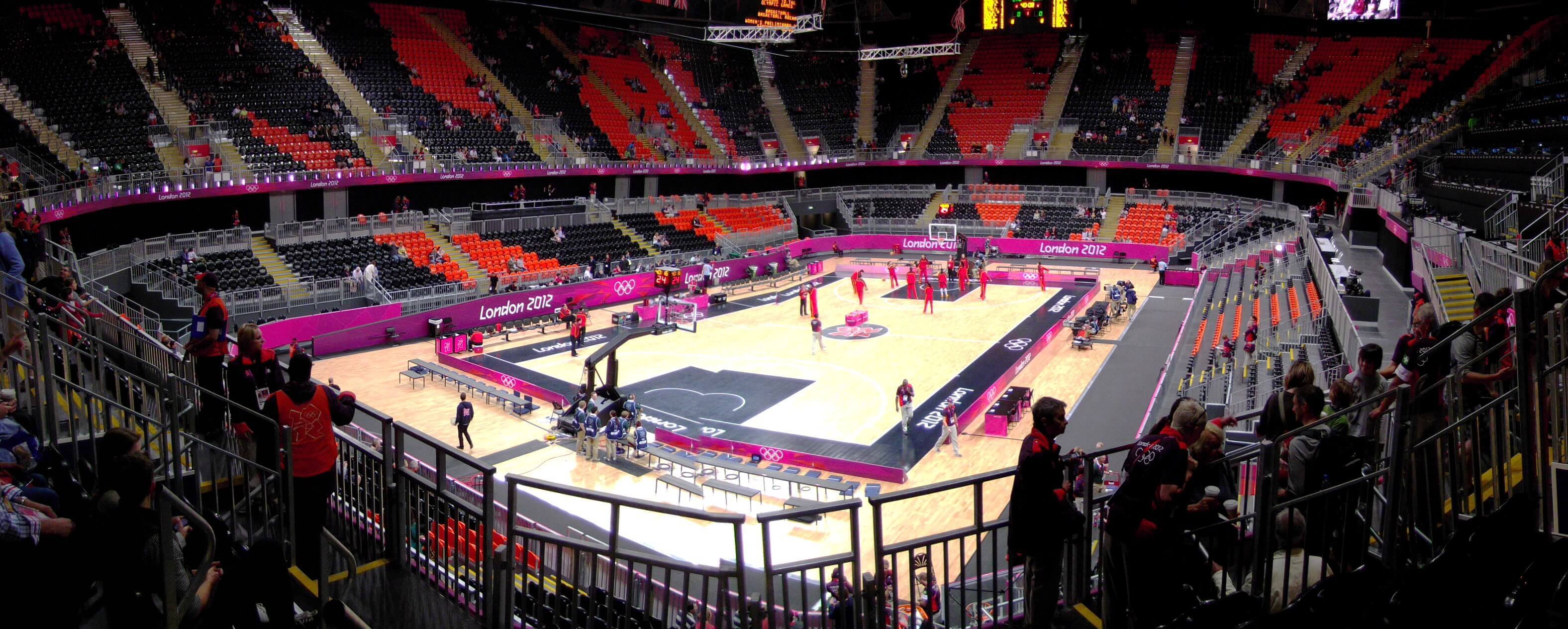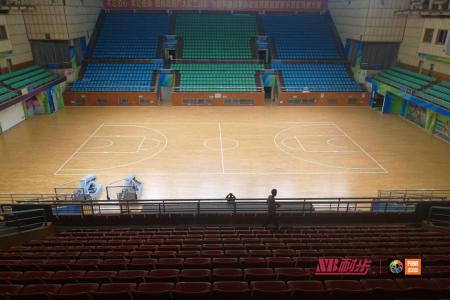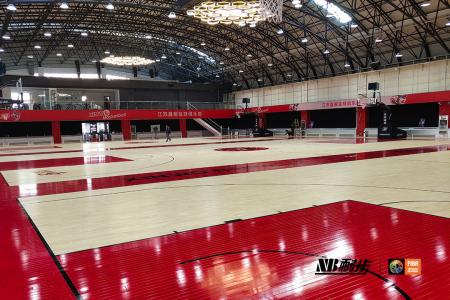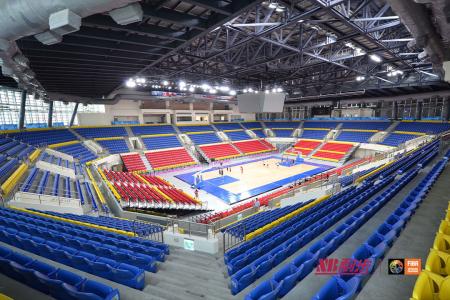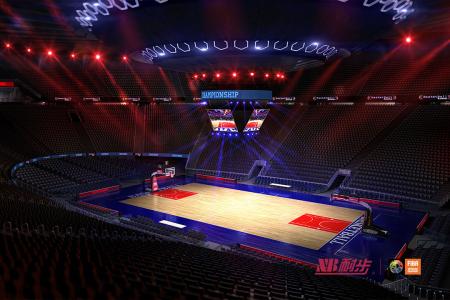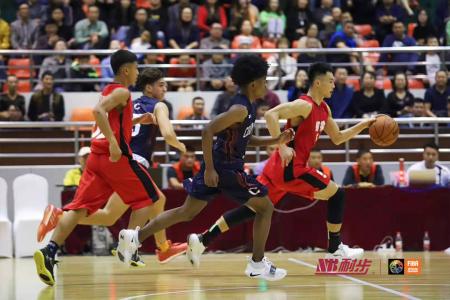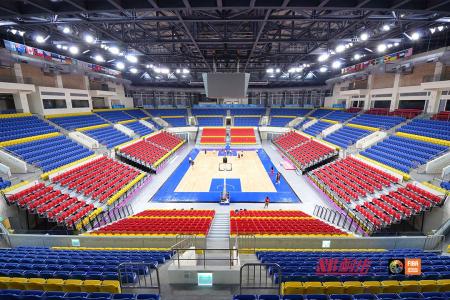All MFMA manufacturers have detailed specifications requiring expansion holes to be installed on all vertical obstructions on the perimeter of maple sports floors and on some types of flooring systems.
Expansion voids are areas in maple sports flooring systems that provide unobstructed space for system movement. Expansion voids play a key role in the integrity, performance and longevity of a floor.
Specific requirements are as follows:
1 Expansion voids must be free of all debris, floor slabs and floors for proper floor performance. Expansion voids are typically located on the perimeter of the floor and on all vertical obstructions, including: floor, volleyball inserts in borders, floor power sockets, audio/video box connections, threshold anchors, and bleach anchors.
2 Maple sports flooring systems are generally divided into several system types or configurations. "Fixed" floor systems are often specified in locations where system motion is not expected or required. Floating and (some) fixed resilient floor systems are often specified in installations where system movement is expected. In most "floating" or fixed resilient floor system specifications, expansion holes are required at the perimeter of the system and at all vertical obstructions.
3 As a general rule, MFMA recommends against fixing fixtures, equipment.
When anchored into concrete by a floating or fixed resilient maple sports floor system, the maple and floor panel components must be removed to allow for the expansion space designated at the fastener perimeter for system movement. The natural expansion and contraction of the flooring system cannot be relieved by securing fasteners to "lay the flooring system".
"Fixed" systems such as the universal Nail-in-Channel and Channel and Clip floors are designed to hold the floor tightly in place, limiting movement of the system. These system configurations generally do not require expansion voids at perimeter and vertical obstructions.
4 A concerted effort must be made to keep all expansion voids clean and free of debris. Regular attention and inspection of perimeter voids and floor insertion locations will ensure floor system movement as the system is designed. Bending, warping and rolling of floor components can occur when expansion voids are blocked by debris and can prevent free movement of the system.
5 The MFMA and all its member manufacturers have published specifications that define optimal temperature and humidity ranges to ensure satisfactory performance and reduce the likelihood of any component bundling on Maple Leafs with the proper system motion configuration installed.
The MFMA recommends keeping the indoor temperature between 55 degrees and 75 degrees and the relative humidity in the room between 35%-50%. A 15% fluctuation in indoor relative humidity will not adversely affect maple if the flooring material is properly adapted. Excessive harvesting may occur when indoor relative humidity changes by more than 15%Deflation and/or expansion, and in some "floating" and fixed resilient floor systems, variations in this magnitude can cause difficulties with vertical obstructions.

